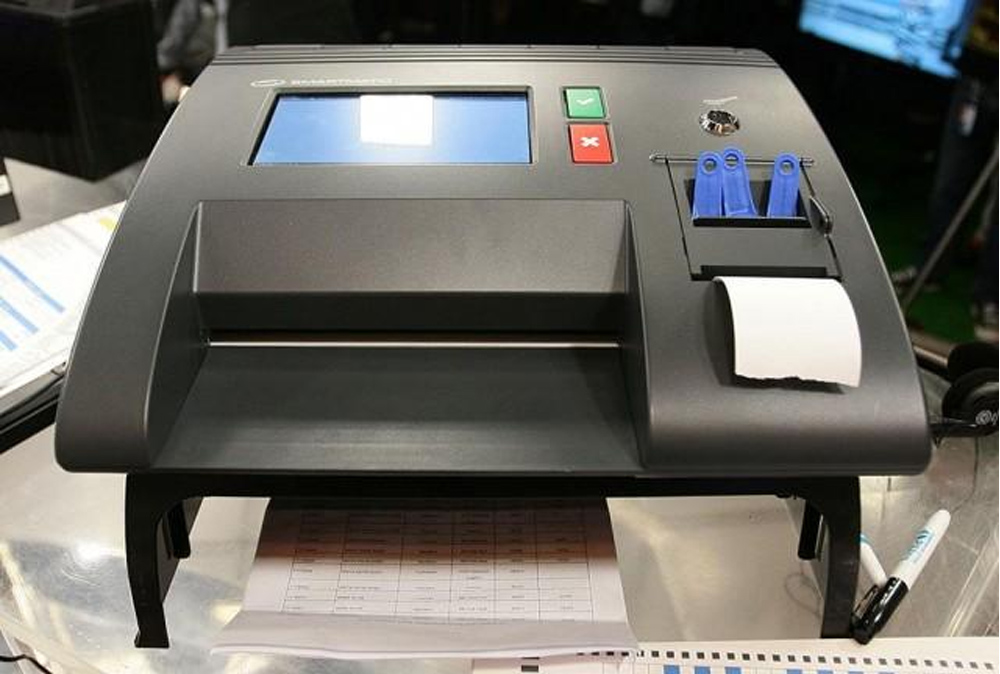Good News, Bad News: The (Mostly) Important Things You Need to Know About the Vote Counting Machines
Apr 6, 2016 • Tim Henares

Apr 6, 2016 • Tim Henares
 Good News, Bad News:
Good News, Bad News:Last Monday, the Comelec invited people to find out how their Vote Counting Machines (VCMs) are primed and ready for the coming elections. It was definitely an educational, if not enjoyable event, given the circumstances. With Comelec spokesperson James Jimenez being every bit as snarky yet helpful as he always is (have you seen the guy’s Twitter? He’s not exactly a government sycophant), we went through the nitty gritty of how the new machines are going to make the 2016 elections a little better for us.
It’s not perfect, of course. Despite that, it’s safe to say that given the multiple steps Comelec is taking to ensure above board vote-counting during the elections, we as a nation are slowly evolving to become an electorate where the cheating has to be done at the registration level instead of on election day itself.
Here are things you need to know about our VCM’s, both good and bad.
The past few automated elections have proven that, barring a few doubters who never managed to prove anything, the fast and reliable counting of the VCMs minimize human error or deceit and give a fairly clear tally.
On top of the already existing security features (publicly available source code, automated transmission, backup data encoding, UV watermarks), a few new features are in play, such as digital signatures at each given VCM accessible only by the Board of Election Inspectors members assigned at each precinct and, of course, the voting receipts. But about that…
Since there is nothing on the receipt that has any form of authentication on it, because it isn’t particularly hard to duplicate, and because people will insist on carrying it out of the venue instead of depositing it at the precinct receptacles (precisely to prevent vote-buying scammers from having a means of verifying votes), then the receipt is all but a waste of paper.
To top it all off, if there is a discrepancy between your receipt and the vote you claim to have actually made, the most they can do is take note of it—nobody’s going to “correct” your vote on the spot. Given that you can also falsely claim a discrepancy, I guess that makes sense, but yeah, that’s not going to go over well with some people if they believe a discrepancy happens on election day.
Unfortunately, we will have to find out on the day itself and not a day sooner.
Pages: 1 2
Input your search keywords and press Enter.
